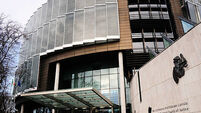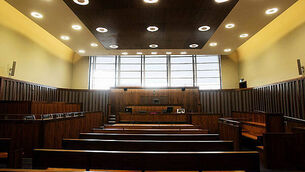Adult tooth and glass baby bottles found at Tuam mother and baby site
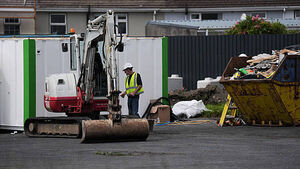
By Cate McCurry, PA
Experts have confirmed that a single fragment of a dissociated human adult tooth has been found at a site where a major excavation of a mass, unmarked grave of babies and young children is taking place in Co Galway.
The excavation of the site of St Mary’s mother and baby home in Tuam will try to identify the remains of infants who died at the home between 1925 and 1961.
Forensic excavation of the site of the former mother and baby institution began last month.
Excavation work has focused on two areas, including the site of a former workhouse yard and the high stone boundary wall at the site.
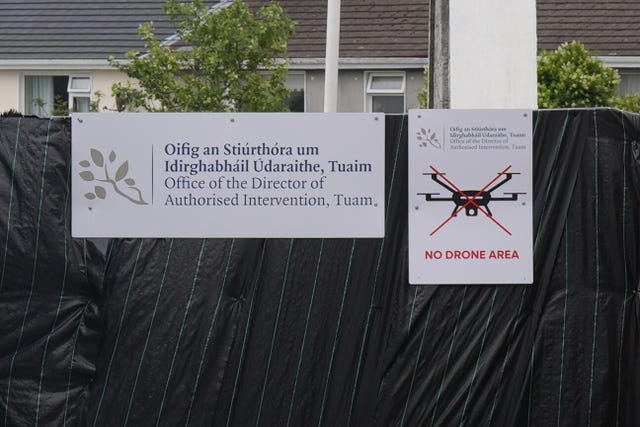
Forensic experts said that the research indicates there is a “low likelihood” of human remains being present in the areas currently being excavated.
In the last six weeks, numerous personal items dating from the period when the institution was in operation was found, including shoes, spectacles and glass baby bottle feeders.
Other items found include glass bottles, likely of pre-institutional date, possibly military era, and a chamber pot.
Large amounts of animal bone have been discovered, much of which is likely from the institution, military and workhouse kitchens.
Machine excavation started in the former yard of the workhouse, adjacent to the playground, while hand excavation was undertaken in the form of Test Trenches abutting the 19th century boundary wall.
In the first update since the excavations works got under way, the Office of the Director of Authorised Intervention, Tuam (ODAIT) said that forensic experts have uncovered material from four main eras in the site’s history.
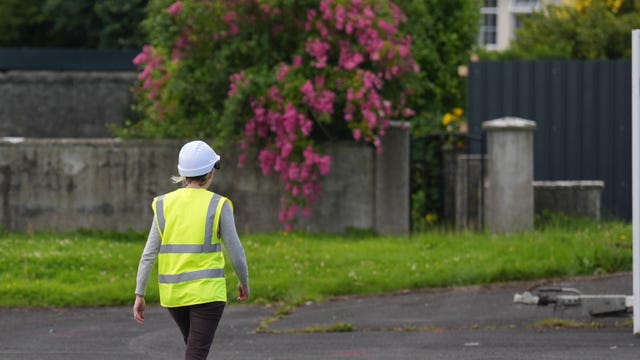
These include post-institutional from 1961 onwards; institutional from 1925 to 1961; Military from 1918 to 1925, including during the War of Independence and Irish Civil War era, the location was used first by the British Army and then by the Irish National Army; and the workhouse from 1841 to 1918.
In both locations where excavations have taken place to date, objects from all of these periods were identified and recovered, as well as objects from earlier ancient and unrelated dates.
ODAIT expert osteoarchaeologists said that the single fragment of a dissociated human adult tooth was been found in the upper stratigraphy of the site, which is currently undergoing analysis.
A circular subterranean feature was also located.
It is consistent with the location of a “pump” from the 19th century mapping.
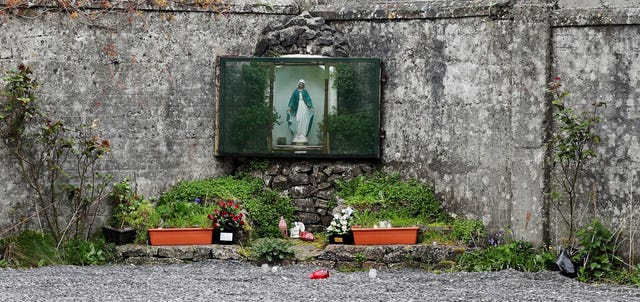
ODAIT said that all evidence recovered is being photographed, catalogued and retained by the team.
In 2014, research led by local historian Catherine Corless indicated that 796 babies and young children were buried in a sewage system at the Co Galway institution.
St Mary’s home for unmarried mothers and their children was run by the Bon Secours Sisters, a religious order of Catholic nuns.
In 2021, Irish premier Micheal Martin apologised on behalf of the state for the treatment of women and children who were housed in mother and baby homes across Ireland.
The Bon Secours Sisters also offered a “profound apology” after acknowledging the order had “failed to protect the inherent dignity” of women and children in the Tuam home.

